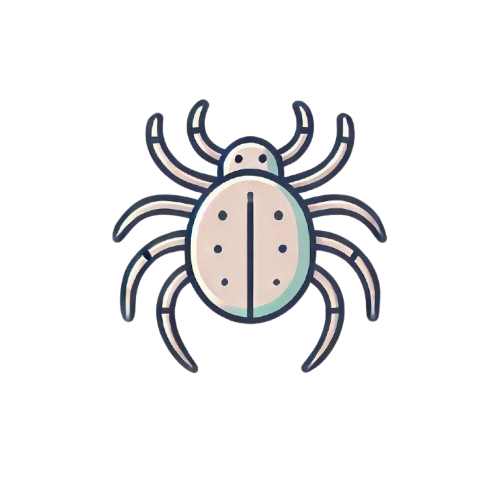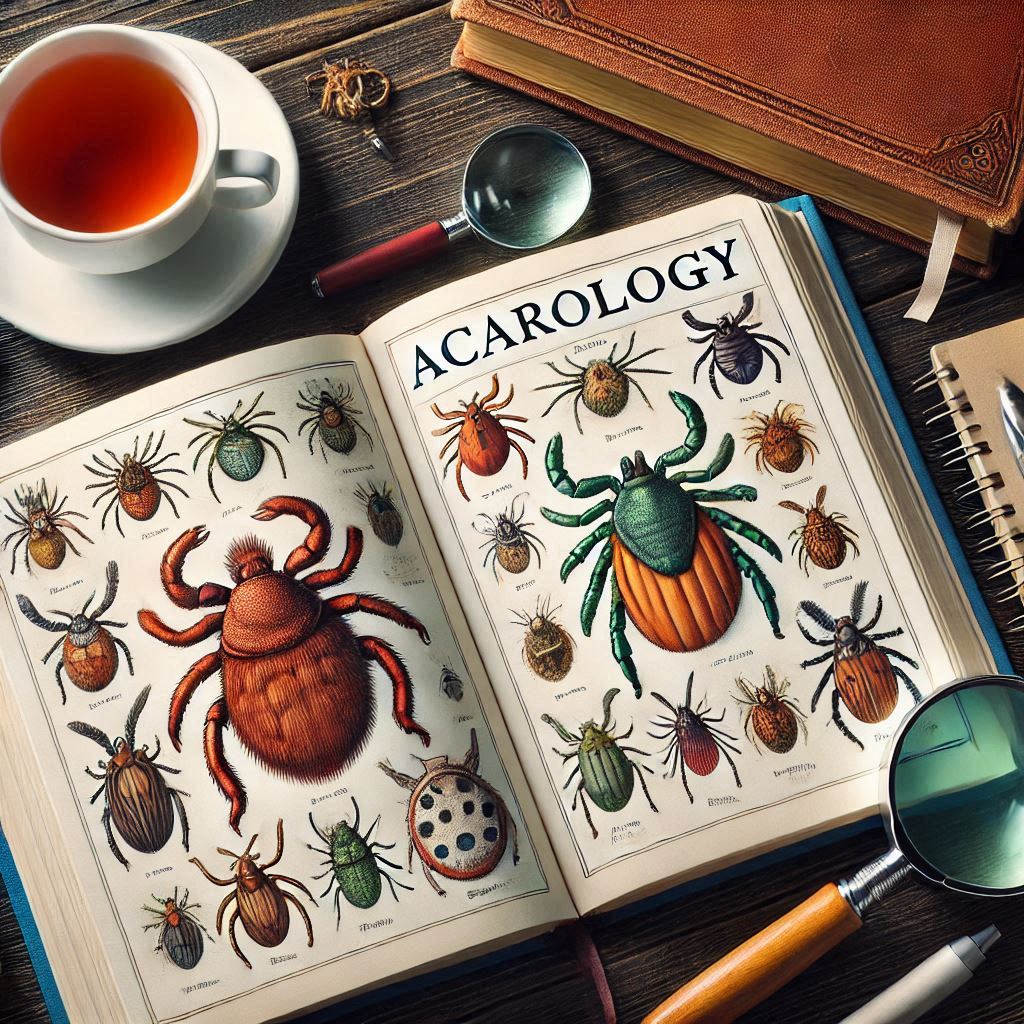What is Acarology?
Acarology is the scientific study of mites and ticks, which are small arachnids. This field encompasses their biology, ecology, behavior, and their interactions with other organisms and the environment.
Why Study Mites and Ticks?
- Medical Importance: Many mites and ticks are vectors of diseases affecting humans and animals.
- Agricultural Impact: Some mites are significant pests in agriculture, affecting crops and livestock.
- Ecological Role: Mites play crucial roles in ecosystems, such as decomposing organic matter and contributing to soil health.
Basic Concepts
- Mites: Tiny arachnids, often microscopic, that can be found in diverse habitats.
- Ticks: Larger than mites, ticks are known for their parasitic lifestyle, feeding on the blood of their hosts.
- Life Cycle: Both mites and ticks have complex life cycles, often involving multiple stages (egg, larva, nymph, adult).
Getting Started with Acarology
- Learn the Basics: Familiarize yourself with the basic anatomy and life cycles of mites and ticks.
- Study Their Habitats: Understand the different environments where mites and ticks can be found.
- Identify Species: Learn how to identify different species of mites and ticks, which can be crucial for research and pest management.
- Explore Their Roles: Study the ecological and economic roles of mites and ticks.
- Stay Updated: Follow the latest research and developments in acarology through scientific journals and conferences.
The Father of Acarology
The “father of acarology” is widely considered to be George W. Wharton. Here’s some detailed information about him:
George W. Wharton (1914-1990)
- Early Life and Education: George Wharton was born in 1914 and pursued his passion for biology and zoology from an early age.
- Academic Career: He became a prominent figure in the field of acarology, particularly known for his work at Ohio State University, where he chaired the Department of Entomology and Zoology.
- Contributions to Acarology: Wharton played a pivotal role in establishing acarology as a distinct scientific discipline. He co-authored the seminal book “An Introduction to Acarology” with Edward Baker in 1952, which laid the foundation for modern acarological studies1.
- Institute of Acarology: Wharton founded the Institute of Acarology at Duke University in 1951, which later moved to the University of Maryland and continued to grow under his leadership.
- First International Congress of Acarology: He was instrumental in organizing the First International Congress of Acarology held in 1963 at Colorado State University, Fort Collins.
- Research Focus: Wharton’s research included groundbreaking work on dust mites and water balance physiology, significantly advancing the understanding of these organisms.
- Legacy: His contributions to the field have had a lasting impact, and he is remembered as a pioneering figure in acarology.
Resources for Beginners
- Books: “A Manual of Acarology” by G.W. Wharton and Edward W. Baker is a comprehensive resource.
- Online Courses: Look for virtual courses and webinars on acarology, such as those offered by the Sociedad Latinoamericana de Acarologia.
- Scientific Journals: Subscribe to journals like “Experimental and Applied Acarology” for the latest research.
Practical Tips
- Fieldwork: If possible, participate in fieldwork to collect and study mites and ticks.
- Microscopy: Learn to use microscopes to observe these tiny creatures.
- Networking: Join acarological societies and attend conferences to connect with other researchers.


Leave a Reply